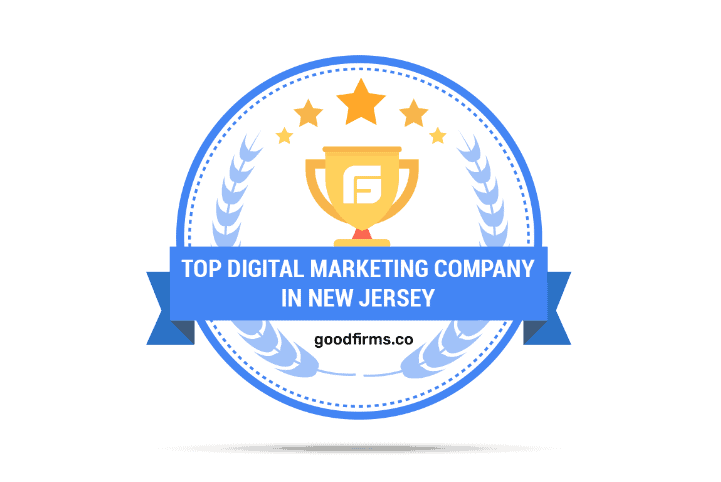In today's digital landscape, connecting with your audience personally is more crucial than ever.
But how do you achieve that personal touch when you are managing hundreds, if not thousands, of customers? The answer lies in email marketing automation.
This guide delves into email marketing automation, its benefits, practical implementation steps, examples of effective workflows, selecting the right tools, and essential best practices to maximize your marketing efforts.
What is email marketing automation?
Email marketing automation software leverages predefined rules to trigger personalized email messages based on specific actions your customers take (or don’t take).
Think of it as having a virtual assistant who knows exactly what to say and when to say it to each of your customers.
The software sends automated emails with personalized content to many subscribers at once. This approach saves time and ensures consistency and relevance in customer communications.
Why Should You Care?
As a business owner or marketer, your time is precious. You want to focus on growing your business, not getting bogged down in repetitive tasks.
That’s where an email marketing tool shines: it can significantly optimize your email marketing strategy by automating email campaigns, managing customer segmentation, increasing efficiency, personalizing email content, and making your campaigns more effective among your target audience and customers.
- Personalization at Scale: Research shows that 90% of consumers find personalized content appealing. With automation, you can send personalized emails tailored to each customer’s unique journey, making them feel valued and understood.
- Improved Efficiency: Automated email workflows free up time for high-value activities like strategy and relationship building by taking repetitive tasks off your plate.
- Higher ROI: Automated email campaigns: Generate a whopping 320% more revenue than non-automated ones. That’s a game-changer for any business.
- Better Customer Retention: It’s easier (and cheaper) to sell to existing customers than to acquire new ones. Automation helps you stay in touch effectively, nurturing those valuable relationships.
- Scalability: When your customer base grows (and it will!), your email marketing efforts can seamlessly scale.
How to Get Started with Email Marketing Automation?

Choosing the right email automation software to streamline your efforts and enhance efficiency across your sales, marketing, and customer service teams.
Now, the question is: how do you choose the right email automation tool?
- Features and Functionality: Ensure the email automation tool offers essential features like customizable templates, segmentation, A/B testing, and analytics.
- Ease of Use: Look for a user-friendly interface that simplifies email marketing campaign creation, management, and tracking.
- Integration Capabilities: Check if the tool integrates seamlessly with your CRM, social media platforms, and other B2B marketing tools .
- Scalability: Choose a tool that can grow with your business, accommodating increasing subscribers and advanced features as needed for SaaS marketing .
- Customer Support: Reliable customer support is essential for troubleshooting and optimizing your email marketing campaigns effectively.
How to Set Up Email Marketing Automation
Integrating with third-party plugins and leading email service providers can offer advanced automation capabilities and personalized email campaigns.
- Choosing Email Automation Software: Select a platform like HubSpot, Mailchimp, or Moosend that aligns with your business needs and offers robust features for creating and managing automated campaigns.
- Audience Segmentation: Divide your email list based on demographics, behaviors, or engagement levels to create targeted campaigns that resonate with different segments of your audience.
- Defining Campaign Goals: Clearly outline campaign objectives, whether lead nurturing, customer retention, or product promotion, to shape content and strategy.
- Setting Enrollment Criteria: Determine triggers that enroll subscribers into workflows, such as form submissions, website visits, or specific interactions.
- Creating Email Assets:: Develop compelling content, personalized subject lines, and clear calls-to-action (CTAs) that cater to each audience segment's interests and needs.
- Testing Your Setup: Conduct thorough testing before launch to ensure workflows function correctly, making necessary adjustments for optimal performance.
- Launching and Monitoring: Activate automated workflows and monitor key metrics like open rates, click-through rates, and conversions to measure effectiveness and identify areas for improvement.
Email marketing automation for lead generation is crucial to keep your users engaged and hit multiple touch points to get closer and closer to conversions.
Examples of Automation in Action
Let’s look at some real-world applications:
- Welcome Series: When someone joins your mailing list, trigger a series of marketing emails introducing your brand, showcasing your best content, and maybe even offering a special “new subscriber” discount.
- Abandoned Cart Recovery: Has a customer left items in their shopping cart? An automated email with a gentle reminder (and perhaps a limited-time offer) can help recapture that sale.
- Post-Purchase Follow-Up: After a customer buys from you, automatically send them usage tips, complementary product suggestions, or simply ask for their feedback.
- Re-Engagement Campaigns: If a subscriber hasn’t opened your emails in a while, an automated sequence can try to rekindle their interest with fresh content or exclusive deals.
These automated workflows can be efficiently set up using various email marketing automation tools.
Best Practices for Email Marketing Automation
- Segmentation: Tailor messages to specific audience segments based on preferences, behaviors, and purchase history to boost relevance and engagement.
- Trigger-Based Campaigns: Use automation to send emails triggered by specific actions or events, ensuring timely, personalized communication.
- Welcome Series Optimization: Craft compelling welcome emails that set the tone for interactions, showcase brand value, and encourage ongoing engagement.
- Behavioral Targeting: Use customer behavior data to deliver targeted content and offers that align with customers' interests, driving higher engagement and conversions.
- Mobile Optimization: Ensure automated emails are mobile-responsive, optimizing readability across devices to maximize engagement.
- Continuous Optimization: Regularly analyze campaign metrics and conduct A/B testing to refine strategies and enhance results over time.
The Future is Automated

As we progress, thriving businesses will master the art of relevant, timely communication. Email automation marketing is your ticket to achieving just that. Marketing automation software plays a crucial role by offering automated workflows, personalized email campaigns, and audience segmentation, ensuring your messages are always relevant and timely.
Remember, it’s not about bombarding your audience with messages. It’s about delivering the right content to the right person at the right time. When done well, it doesn’t feel like marketing - it feels like excellent customer service.
Conclusion
Embrace growth marketing automation and watch your business grow while focusing on what truly matters: building amazing products and delighting your customers.
Explore various marketing automation tools with Saffron Edge to enhance your email marketing efforts.
Your journey towards smarter, more effective email marketing starts now. Happy automating!
Outshine Your Competition Faster
Related Blogs
We explore and publish the latest & most underrated content before it becomes a trend.
6 min read
Marketing and Sales Productivity (MSP) Systems: Guide to Boosting Efficiency and Revenue
By Sabah Noor7 min read
45+ Account-Based Marketing Statistics For 2026 B2B Marketing Strategy
By Nishant Ahlawat
Subscribe to Saffron Edge Newsletter!

Outshine Your Competition Faster










